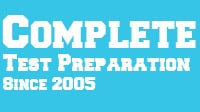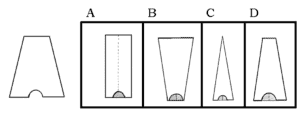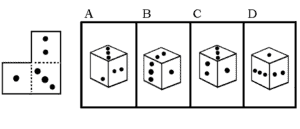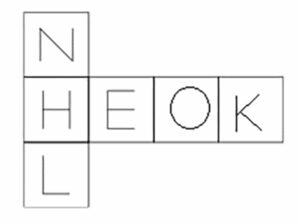Spatial Relations Examples – Folding –
- Posted by Brian Stocker
- Date May 31, 2021
- Comments 2 comments
Spatial Relations – Folding
Folding questions are a type of visual-spatial reasoning question used in cognitive and intelligence tests, and pre-employment test such as the CFAT, Canada Post GAT and the CCAT tests.
For these questions, you have to mentally manipulate a two-dimensional object by folding it to create a three-dimensional object, and then to identify the resulting object or how it would appear if unfolded.
Folding spatial relations questions are designed to test your ability to mentally manipulate and rotate objects, and understand spatial relationships and transformations.
To prepare for folding spatial relations questions, practice visualizing and manipulating two-dimensional and three-dimensional objects in your mind. You can also practice folding paper along different lines and visualizing how the resulting three-dimensional object would appear if unfolded.
Practice will help the most. Below are step-by-step solutions that will help you know what to look for.
With any multiple choice question, the most powerful technique is Elimination. See more – How to Answer Multiple Choice
Look at the choices and eliminate any obviously wrong answers.
Example Questions – Type 1
When the two longest sides touch what will the shape be?
First really look. The given shape has two elements that are distinctive: it is tapered (1) and has a notch at the bottom, which is the widest (2). If this shape is folded, the resulting shape will also be tapered. So, Choice A can be eliminated right away.
Looking at the notch, which is in the widest part, we can see that choice B, which has the notch at the narrowest part, is incorrect
That leaves choices C and D. Looking at choice C, the shape comes to a sharp point. This is impossible with the given shape so choice C can be eliminated.
Choice D is left. Checking quickly, it is tapered, to flat top and the notch is at the bottom, widest part. Choice D is correct.
Another spatial relations example:
When folded, what pattern is possible?
The key here is which sides will be next to each other and which corners will touch. The given figure has one, two and three dots in separate squares that folded, will make a cube with open ends.
Notice that the three dots go from corner to corner, the one dot is in the center, and the two does are up and down in the middle.
Choices B and D can be eliminated, since the three dots are not corner to corner.
That leaves choices A and C. Looking at choice A, the one dot is in the corner, not in the center so choice a can be eliminated.
Another example
Look at the given shape and number the squares in your heard. Note the orientation relative to what will be an adjacent square when folded into a cube.
Choice A can be eliminated as the N and H are oriented incorrectly. Choice B can be eliminated as the O and K are oriented incorrectly. Choice C looks correct.
Check choice D. Choice D can be eliminated as the N and E are oriented incorrectly.
Most Common Errors on Spatial Relations Questions
- Not understanding the question: Read the question carefully or you can easily misinterpret the information. With any type of question proceed at a measured speed. Don’t go fast, but don’t hang around either.
- Misinterpretation of the diagram: Examine the diagram or map carefully.
- Pay attention to details in the diagram. Everything is important.
Video Tutorial
Date Published: Monday, May 31st, 2021
Date Modified: Tuesday, November 26th, 2024
Got a Question? Email me anytime - Brian@test-preparation.ca
You may also like
CELPIP Writing Prompts
The CELPIP writing evaluates your ability to communicate effectively in written English different tasks. Here are some sample CELPIP Writing prompts for writing an exmail. You are given a prompt and a scenario. Your email may be formal or informal, …
CCAT Vocabulary Practice – Grades 4 – 5
1. What is the definition of the word ‘polygon’? a. A curved line b. A straight line c. A closed plane figure with straight sides d. A round shape 2. Which term means to ‘depict or show something’? a. Represent …
Vocabulary Practice for Grades 4 & 5
1. What is a “polygon”? A) A three-dimensional shape B) A figure with multiple angles and sides C) A type of line segment D) A type of angle 2. What does the word “represent” mean? A) To take away something …





2 Comments
thank you can u give more examples?
Practice questions here – https://test-preparation.ca/spatial-ability-practice-questions/